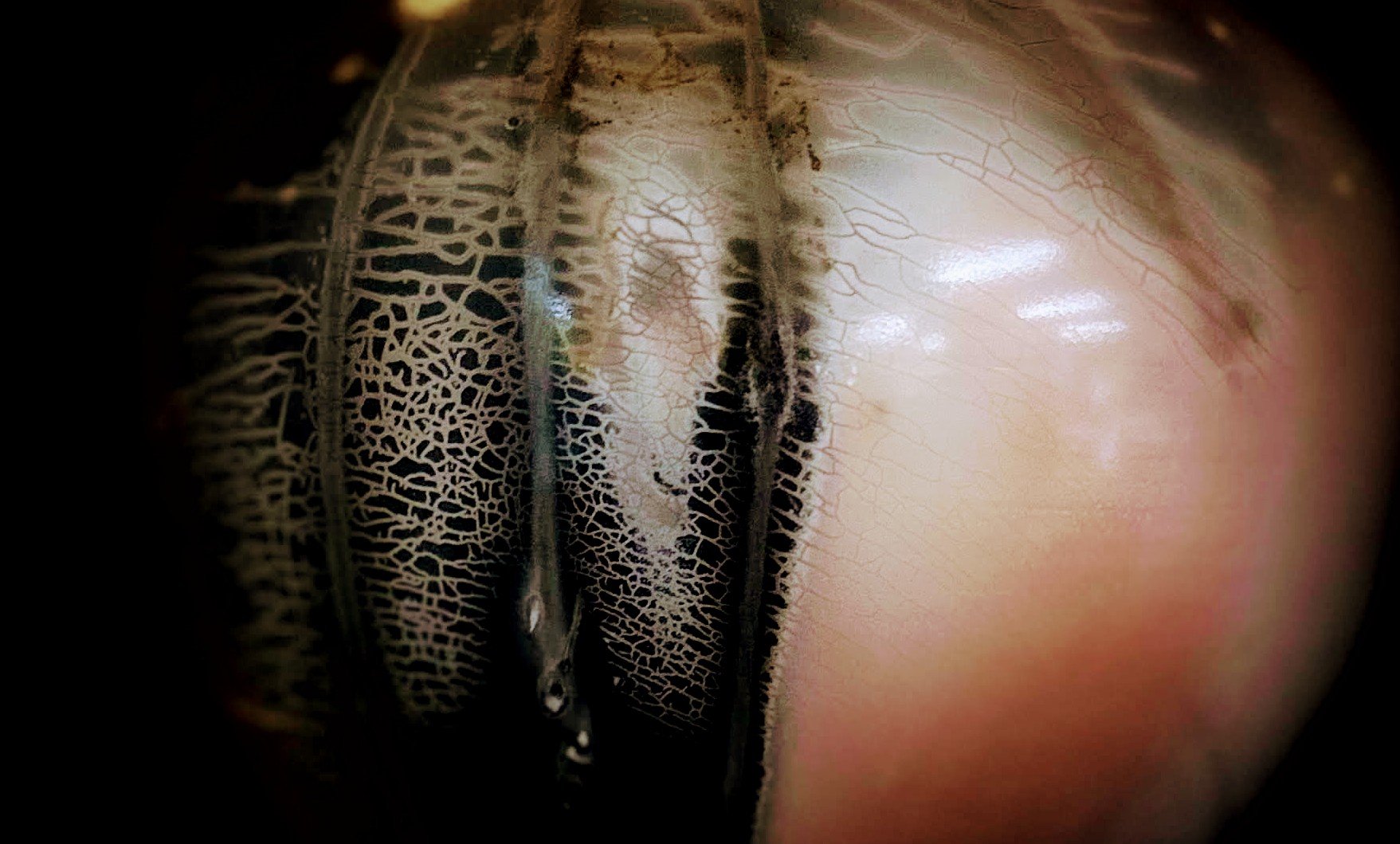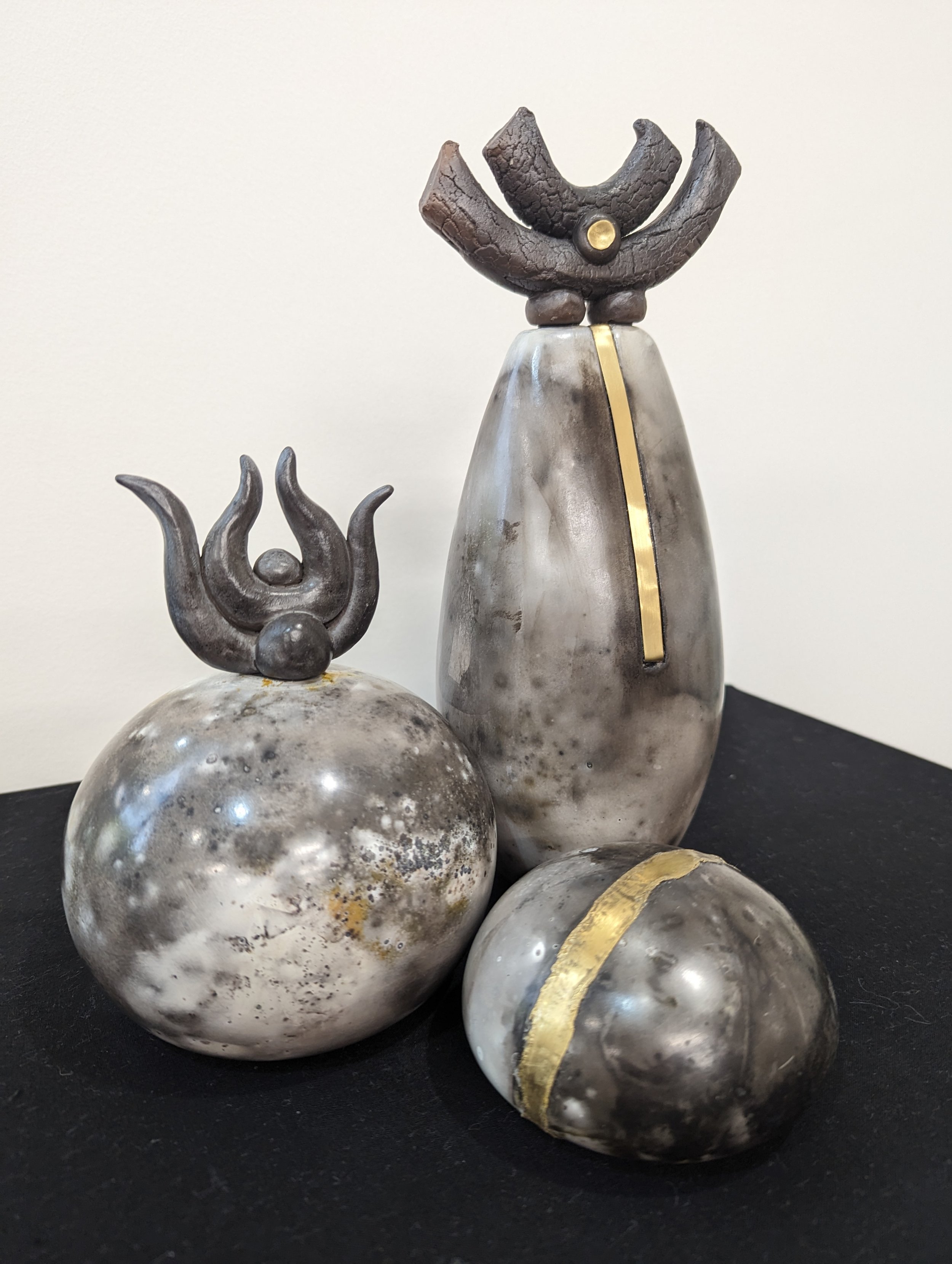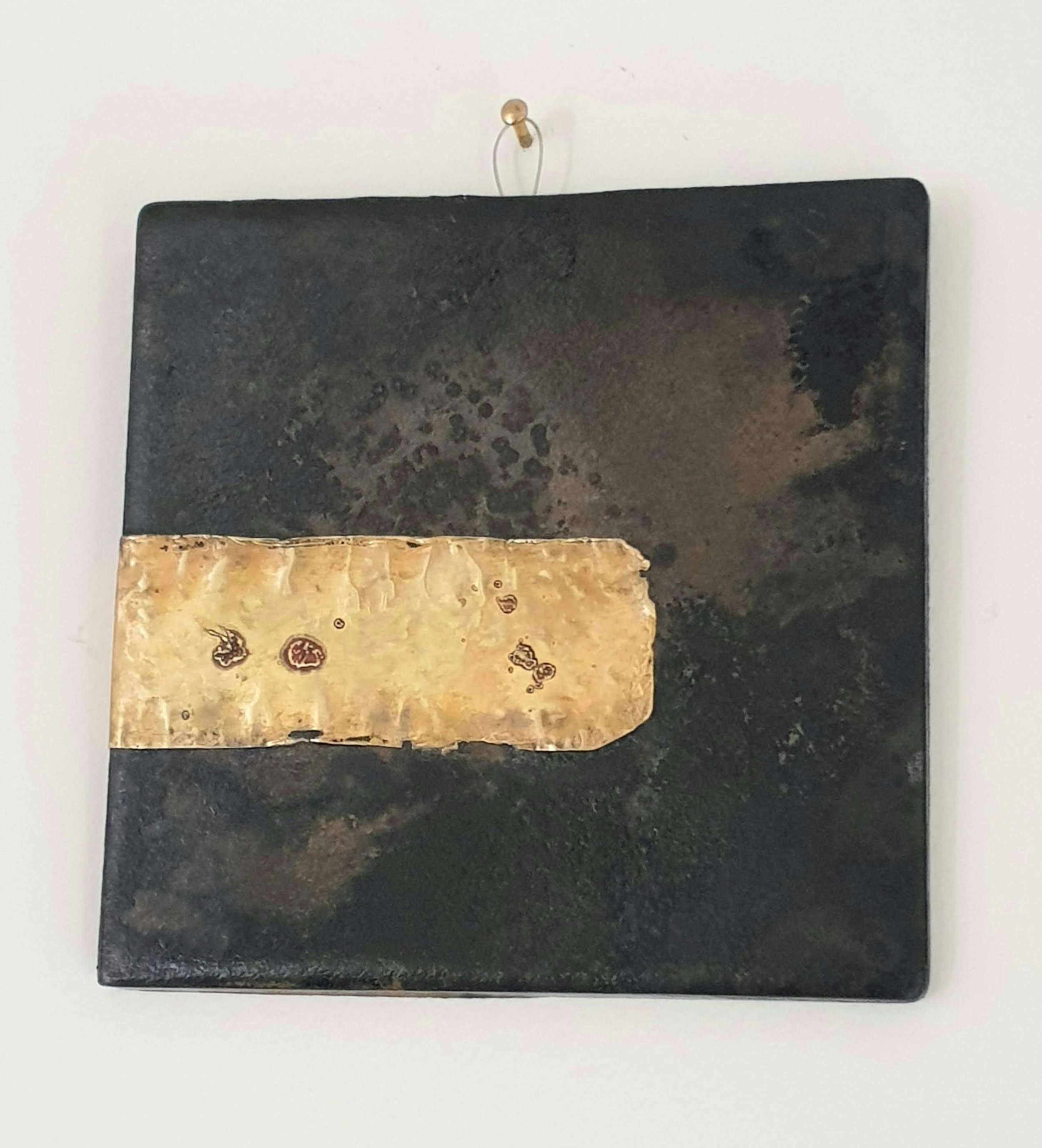Saggar firing is a blending of traditional techniques while pushing the boundaries to create new and unique results and is a testament to the evolution of pottery as an art form. It reflects an appreciation for both ancient processes and cultures while embracing the freedom to innovate.
To understand how saggar firing has come to today’s way of being, we need to look at the history of 3 different techniques from the earliest ‘pit firing’ to the ancient Greek Roman techniques of using ‘terra sigillata’ and finally the high temperatures of wood firing of the Chinese with saggars.
Saggars were invented in China in the seventh century to protect ware from open flame, smoke, gases and kiln debris. But in the 20th century potters started to use saggars for decorative ceramic pieces, using the saggars to create an environment similar to pit firing, the oldest method for the firing of pottery.
The term "terra sigillata" has intriguing historical connotations, ranging from medicinal earth in ancient times to a descriptor for specific Roman pottery. A general term for some of the fine red Ancient Roman pottery with glossy surface slips made in specific areas of the Roman Empire. These vessels have surface slips ranging from a soft lustre to a brilliant glaze-like shine, in a characteristic colour range from pale orange to bright red.
It's a reminder that creativity knows no limits and that artists can draw inspiration from diverse sources, including ancient traditions and cutting-edge techniques.
Saggar Fired
Mama Quilla
Goddess of the moon, marriage and defender of women
Metis
Goddess of wisdom and prudence
Selene
Goddess of the moon




















